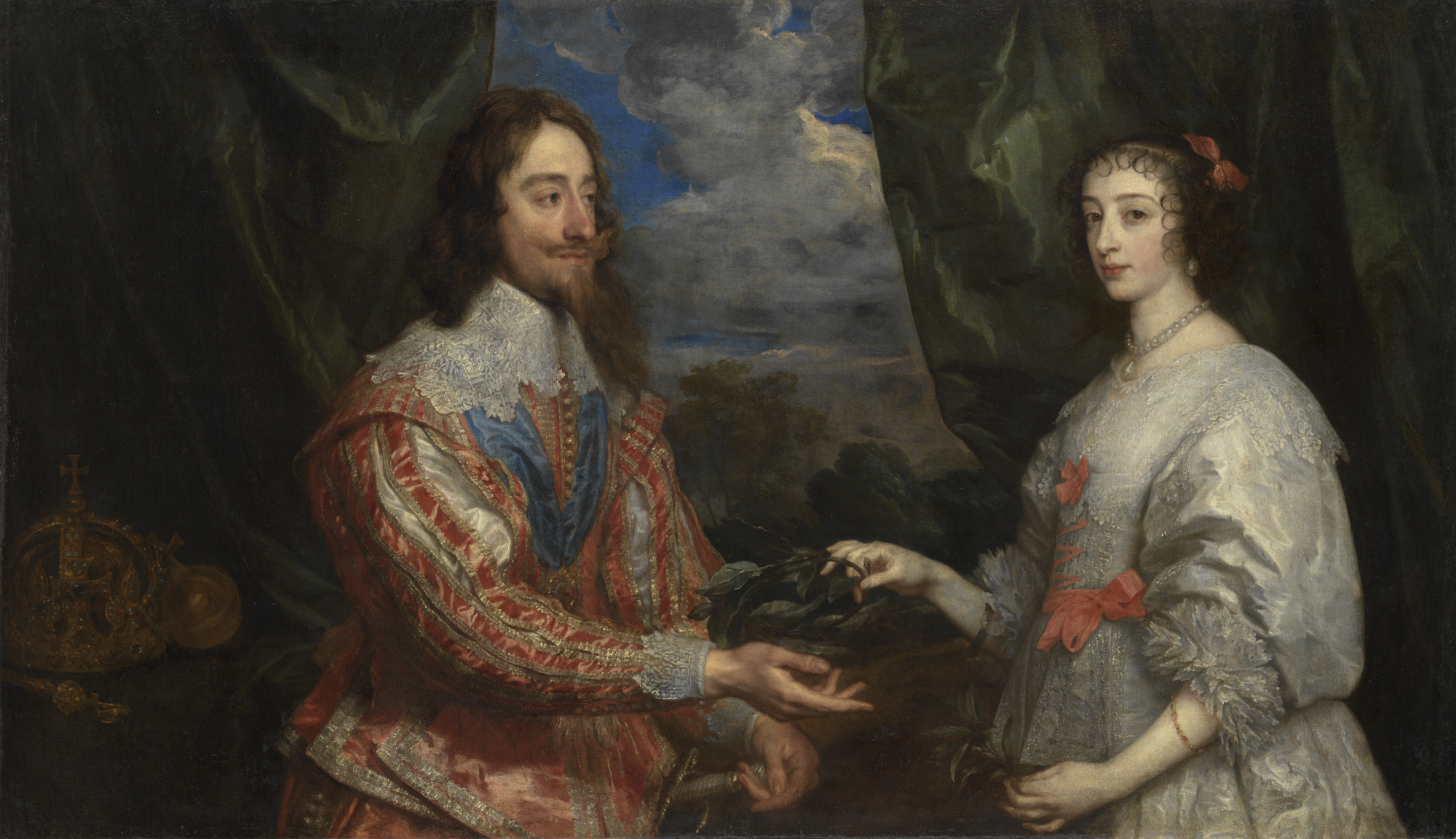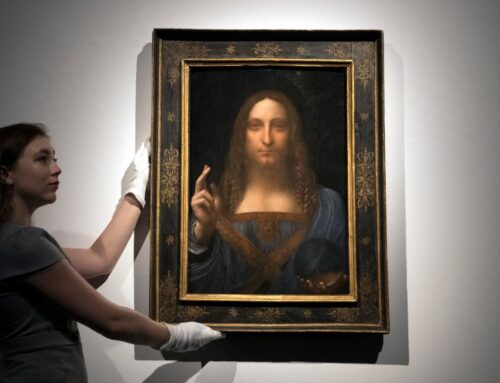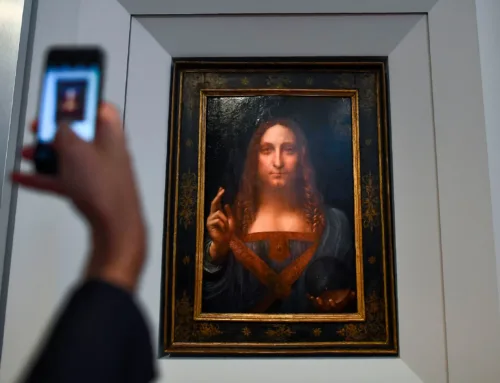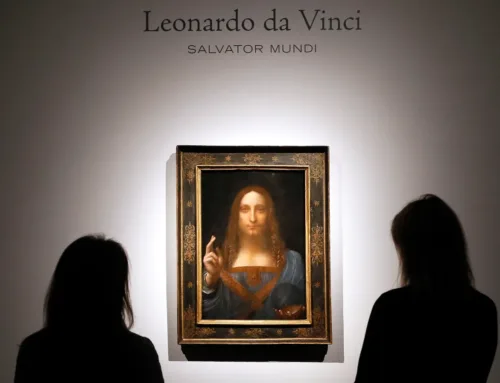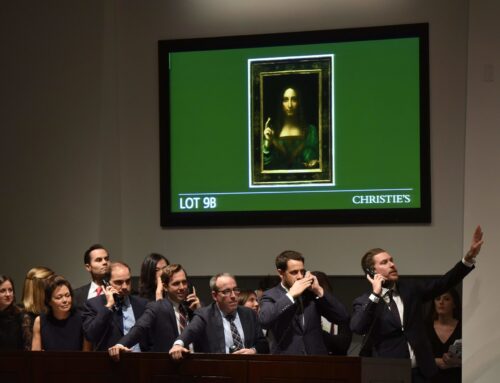Early Provenance
After its creation around 1500, “Salvator Mundi” enjoyed a prestigious beginning, likely being part of the royal collections of King Louis XII of France and his consort, Anne of Brittany. The painting’s journey through the centuries is less clear, marked by significant gaps in its documented history. It resurfaced in the 17th century when it was included in the collection of Charles I of England. Following the king’s execution, his art collection was sold off, and “Salvator Mundi” changed hands multiple times, its trail gradually fading into obscurity. By the 19th century, the painting was believed lost or mistakenly attributed to a lesser artist, leading to its eventual disappearance from public record.
Rediscovery
The painting’s remarkable rediscovery began in 2005 when it was purchased for less than $10,000 at an American estate sale by a group of art dealers who recognized its potential significance. At the time of its purchase, “Salvator Mundi” was heavily overpainted and significantly damaged, obscuring its true origins. The initial condition of the painting was poor, with many layers of overpaint and varnish that had accumulated over centuries, masking the original work beneath.
Restoration Process
The journey to rediscovery and authentication involved a meticulous restoration process. Over several years, conservators painstakingly removed the overpainting and layers of dirt and varnish, gradually revealing the masterpiece believed to be lost. This restoration not only brought back the intricate details of Leonardo’s work but also allowed for a more thorough scientific and stylistic analysis to confirm its attribution. The restoration highlighted the delicate transitions of light and shadow characteristic of Leonardo’s sfumato technique, as well as the intricate rendering of Christ’s features.
Authentication and Public Unveiling
Following its restoration, “Salvator Mundi” underwent extensive scrutiny and analysis by leading art historians and experts in Renaissance art. Infrared imaging, X-ray fluorescence, and comparisons to known works by Leonardo were crucial in building the case for its attribution to the master himself. In 2011, the National Gallery in London included the painting in its exhibition “Leonardo da Vinci: Painter at the Court of Milan,” marking its public reintroduction as a potential Leonardo original. This exhibition played a significant role in solidifying the painting’s status and bringing it back into the public and scholarly spotlight.
Impact of Rediscovery
The rediscovery of “Salvator Mundi” not only revived a lost masterpiece but also sparked widespread interest and debate within the art world. Its journey from a heavily overpainted, undervalued piece to a restored Leonardo da Vinci masterpiece underscores the enduring allure and mystery of Renaissance art. The painting’s eventual auction for a record-breaking $450 million in 2017 further highlighted its significance, both as a work of art and a cultural icon, cementing its place in the annals of art history.

